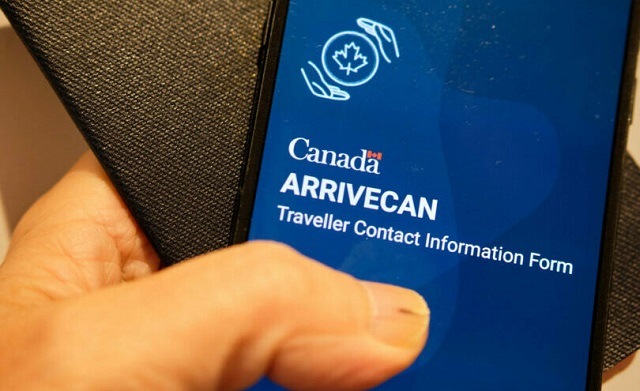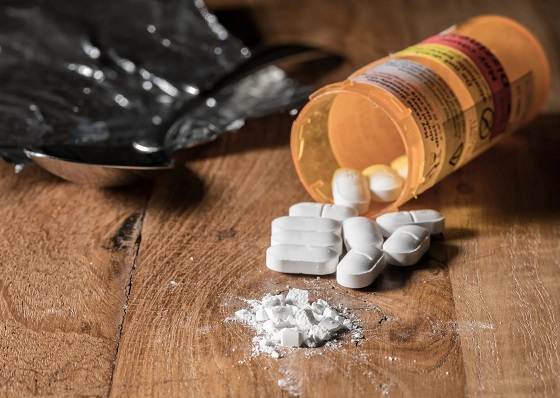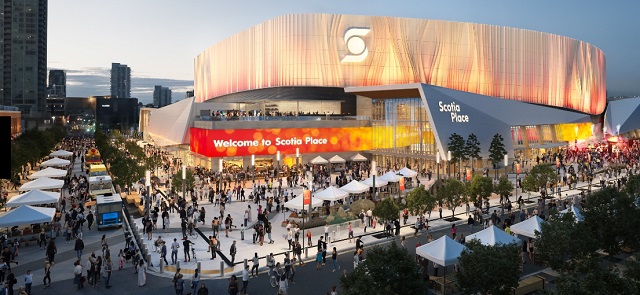Community
Another sign of Red Deer returning to life – Museum + Art Gallery planning its Re-opening
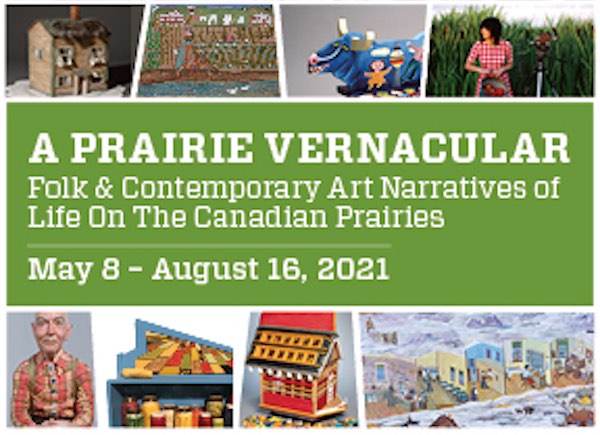
The Red Deer Museum + Art Gallery “MAG” is Re-opening
The MAG is ready to welcome you back! The Red Deer Museum + Art Gallery plans to reopen to visitors on June 15th based on Stage 2 of Alberta’s Open For Summer Plan. Visitors can check out the travelling art exhibit APrairie Vernacular: Folk & Contemporary Art Narratives of Life On the Canadian Prairies at the Red Deer Museum + Art Gallery (MAG), showing from now until August 16, 2021. This exhibit includes over 50 artists, 9 themes with an amazing collection of work. A Prairie Vernacular is a travelling exhibition curated by Jennifer McRorie and Joanne; organized and toured by Moose Jaw Museum and Art Gallery in partnership with the Esplanade and is funded by the Government of Canada and Department of Canadian Heritage. The opening hours will be Tuesday-Saturday from 10:00am – 4:30pm.Visits can be booked on the MAG website www.reddeermuseum.com .
A Prairie Vernacular Exhibit examines historic and contemporary representations of the vernacular in artistic practice on the Canadian prairies, considering the relationship of folk art to contemporary art produced in Alberta, Saskatchewan, and Manitoba. These representations of the vernacular not only adopt the materials, methods and/or motivations of a folk aesthetic, but speak to shared contexts and subject matter, either reflecting on memories and histories of life on the prairies or presenting visual narratives rife with humour, fantasy, myth, politics, religion, and the prairie gothic. Artists represented in the exhibition include historic and contemporary untrained or self-taught artists, as well as academically trained artists whose works speak to the vernacular, the locality and history of the Prairie.
Words from Executive Director, Lorna Johnson:
The Prairie Vernacular exhibition is a delightful and affectionate look at the Prairies, through the eyes of artists. All of the artworks reflect a deep love of place, and the personal memories, reflections and fantasies that are rooted in the prairie landscape. It is wonderful to see how the so-called folk artists have inspired some of Canada’s best-known artists to create works that celebrate prairie sensibilities. It is a lively and expansive show, and I hope visitors will soon be able to come and see it in person.
Virtual Talks & Virtual Mini-Tours:
- Saturday, June 5, 2021 – 2 p.m.
“Indigenous Prairie Aesthetics” – Mini tour of Prairie Vernacular
- Saturday, June 26, 2021 – 2 p.m.
“Memory and Memoria and the Everyday” – Mini tour of Prairie Vernacular
- Saturday, July 10 – 2 p.m.
“Folk, Funk, Humor and Playfulness” – Mini tour of Prairie Vernacular
- Thursday, July 22 – 6:30 p.m.
“Jude Griebel: The Influence of Prairie Folk Art on Contemporary Art
Practice” Artist Talk and Q & A
- Saturday, July 24 – 2 p.m.
“Fantasy and the Surreal” – Mini tour of Prairie Vernacular
- Saturday, Aug. 7 – 2 p.m.
“Prairie Gothic” – Mini tour of Prairie Vernacular
- Thursday, Aug. 5 – 6:30 p.m.
“Place of Belonging” – Artist Talk and Q & A with Ken Housego
For more details regarding the exhibition A Prairie Vernacular contact Kim Verrier, Exhibitions Coordinator at [email protected]

Community
Winners announced for Red Deer Hospital Lottery
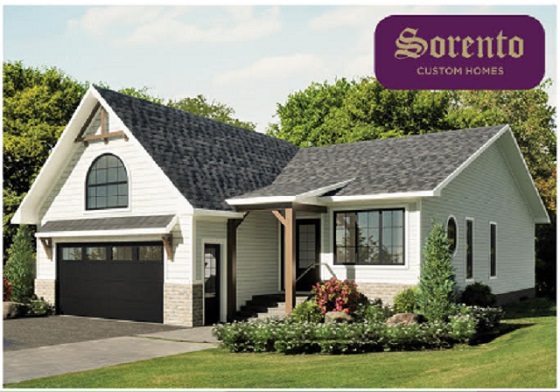
The Red Deer Regional Health Foundation has announced the winners of the 2024 Red Deer Hospital Lottery Dream Home and Tiny Home prize packages, as well as the Mega Bucks 50.
The Mega Bucks 50 jackpot reached $607,200.00, which makes Carolyn Pelerine of Cochrane, Alberta the winner of $303,600.00.
In addition, the luxurious Tree Hugger Tiny Home Prize Package, complete with accessories by Urban Barn and valued at $163,798.00, is now owned by Mary Vincent of Red Deer.
The coveted Sorento Dream Home Prize Package, which includes furnishings and accessories by Urban Barn and boasts a total value of $1,072,624.00, has been awarded to Maxine Rumohr of Sylvan Lake.
The highly anticipated draw took place at 10:00 a.m. Thursday at the Red Deer Regional Health Foundation office, located within the Red Deer Regional Hospital Centre, with an announcement following live on Facebook, allowing participants and supporters to join in the excitement virtually.
“We are delighted to congratulate the winners of this year’s Red Deer Hospital Lottery,” said Manon Therriault, Chief Executive Officer of the Red Deer Regional Health Foundation. “The funds raised from this lottery will significantly contribute to enhancing patient care and services at the Red Deer Regional Hospital Centre. We extend our heartfelt gratitude to everyone who participated and supported this important cause.”
Proceeds from the Red Deer Hospital Lottery and Mega Bucks 50 will contribute to acquiring critically needed, state-of-the-art equipment for several units at the Red Deer Hospital.
This year’s lottery will fund equipment such as a phototherapy system, which allows parents to hold and soothe their infant while undergoing phototherapy, a cardiology case cart to monitor cardiac rhythms during stress testing, and other equipment to help provide excellent care for patients in the emergency and operating rooms at the Red Deer Hospital.
The winners of a variety of electronics were also drawn today. A full list of winners will be available in the coming days on the official lottery website at reddeerhospitallottery.ca. Prize winners who have not already been notified will receive a letter in the mail with instructions on how to claim their prizes.
The keys to the Sorento Dream Home and the Tree Hugger Tiny Home will be presented to the winners at a special ceremony this summer.
Community
The Grand Opening is TODAY!

Now, during this momentous chapter in our history, we invite you to join us for the Grand Opening of the Sheldon Kennedy Centre of Excellence.
|
|
|
|
|
|
|
-
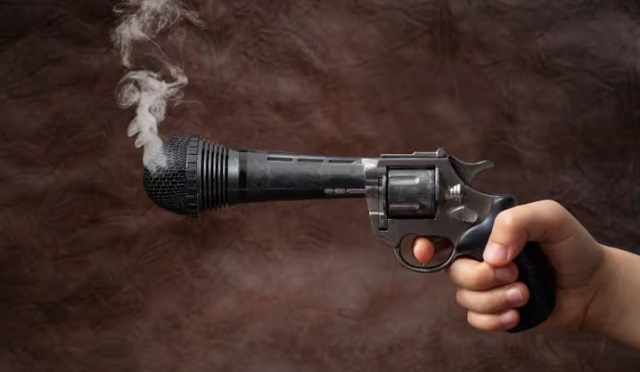
 Brownstone Institute1 day ago
Brownstone Institute1 day agoThe Media Refuses to Accept Covid Reality
-
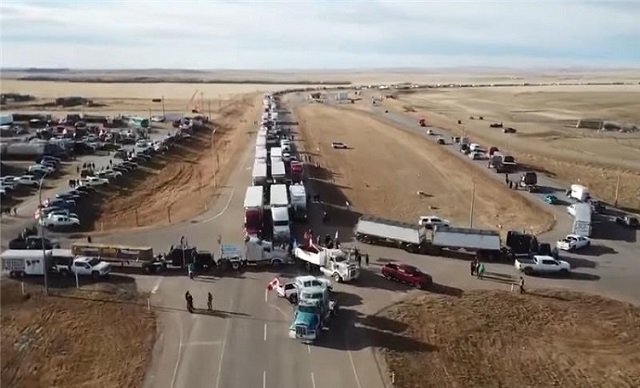
 Alberta1 day ago
Alberta1 day ago‘Fireworks’ As Defence Opens Case In Coutts Two Trial
-
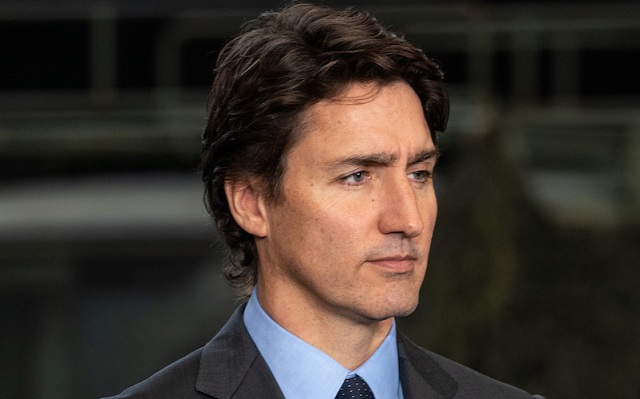
 National1 day ago
National1 day agoLiberals offer no response as Conservative MP calls Trudeau a ‘liar’ for an hour straight
-
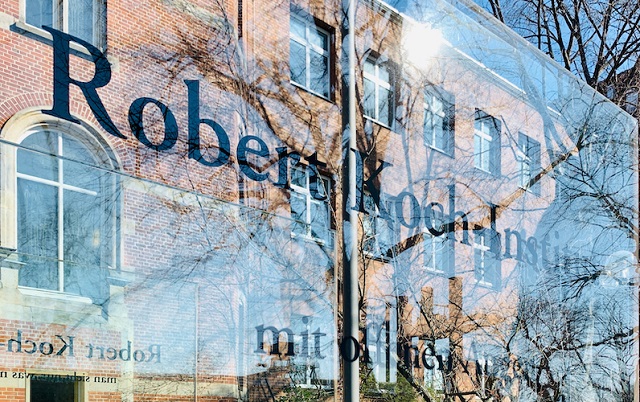
 COVID-191 day ago
COVID-191 day agoLeaked documents: German gov’t lied about shots preventing COVID, knew lockdowns did more harm than good
-

 Business1 day ago
Business1 day agoFederal government seems committed to killing investment in Canada
-
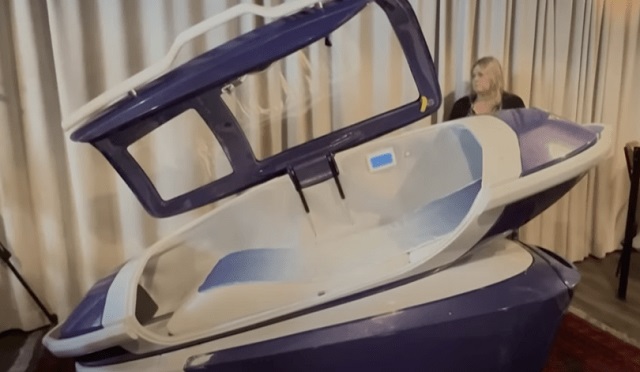
 International1 day ago
International1 day agoSwitzerland’s new portable suicide ‘pod’ set to claim its first life ‘soon’
-
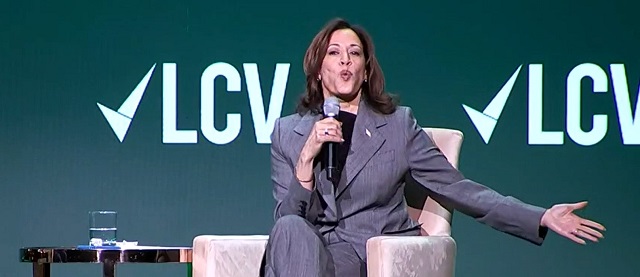
 Economy1 day ago
Economy1 day agoKamala Harris’ Energy Policy Catalog Is Full Of Whoppers
-

 Business1 day ago
Business1 day agoEstonia’s solution to Canada’s stagnating economic growth





